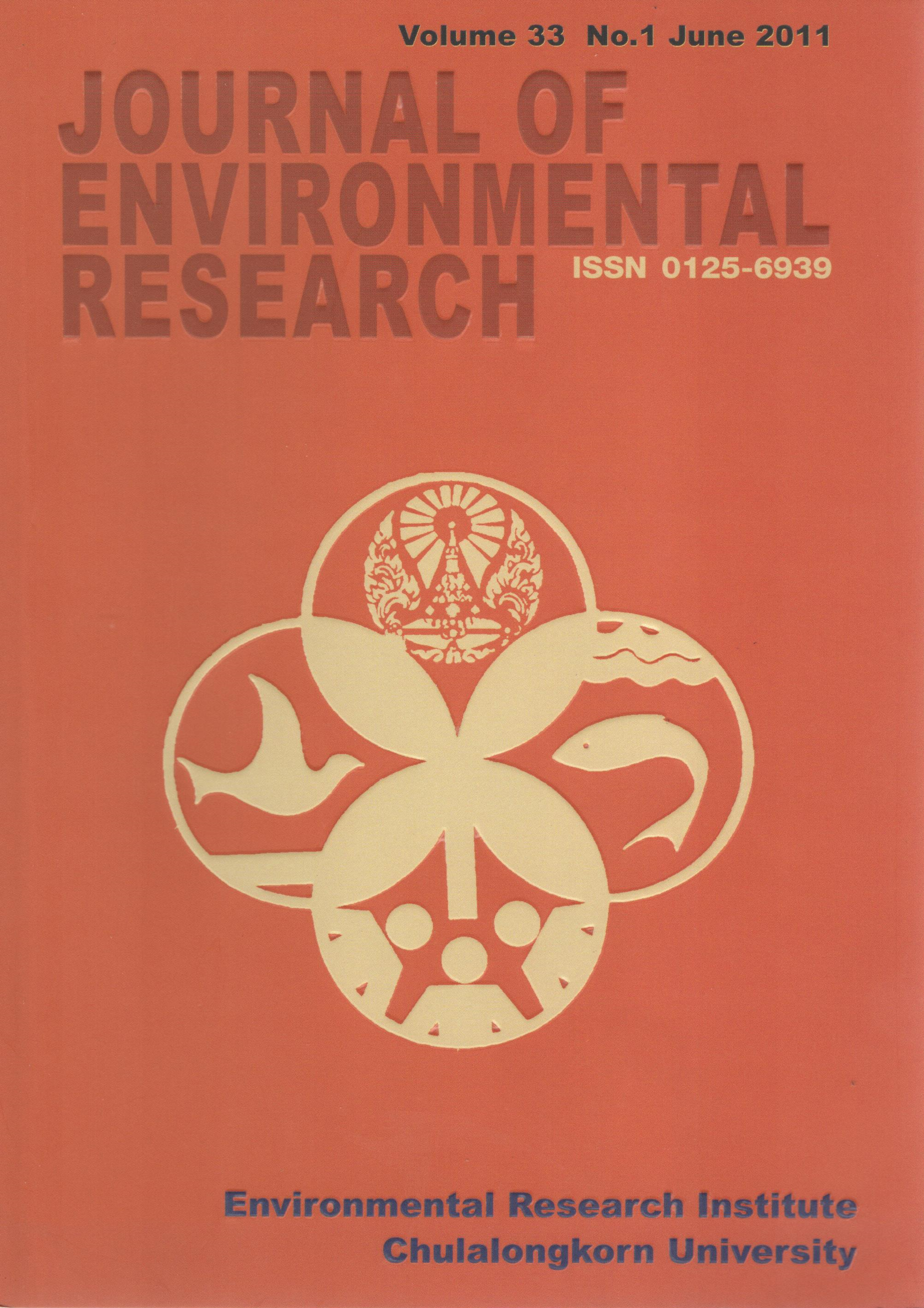Risk Ratio of Benzene, Toluene, Ethylbenzene, and Xylene (BTEX) Exposures and Their Relations to Biological Parameters of Gasoline Workers in Bangkok, Thailand
Main Article Content
Abstract
Gasoline station is a common source of volatile organic compounds (VOCs) emissions around its perimeter. In order to conduct a monitoring of the VOC’s emission, measurements of biological markers of blood benzene, toluene, ethylbenzene and xylene (BTEX) in gasolinestation workers are recommended. The purposes of this study were to evaluate exposure risk ratio (110 gasoline station workers from 11 gasoline stations in Bangkok Metropolitan area compared to 10 office workers in the same station as control group) and to determine the relations between blood BTEX and biological parameters of the gasoline workers. Results showed that blood BTEX levels of gasoline workers were significantly higher than controls (independent t-test, p < 0.001). Most measurements of toluene, ethylbenzene and xylene (TEX) in female workers were significantly higher exposed levels than in men (independent t-test, p < 0.01). The highest risk ratio of BTEX environmental exposures was benzene. In addition, blood benzene was the most significantly correlated to toluene (partial correlation = 0.704, p < 0.001), but was not related to all biological parameters in this study.
Article Details

This work is licensed under a Creative Commons Attribution-NonCommercial 4.0 International License.
Published articles are under the copyright of the Applied Environmental Research effective when the article is accepted for publication thus granting Applied Environmental Research all rights for the work so that both parties may be protected from the consequences of unauthorized use. Partially or totally publication of an article elsewhere is possible only after the consent from the editors.

